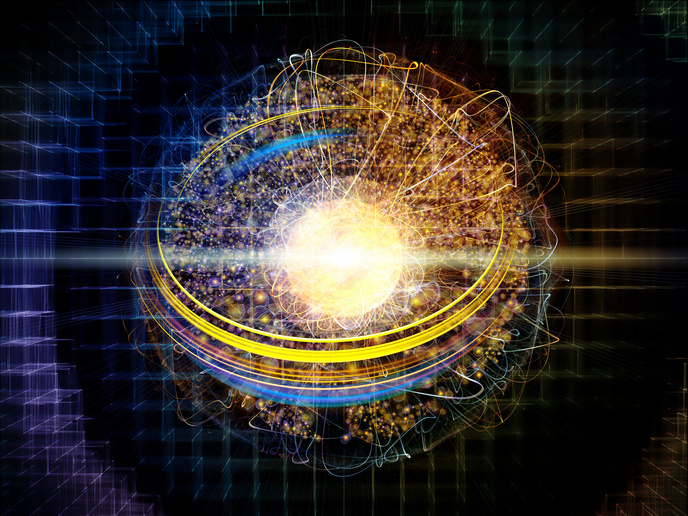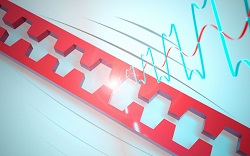Collectivity in light scattering
The motion of photons in a dense gas cloud resembles the trajectory of a small ball being tossed around on a dance floor by people dancing to the music. But there is a crucial difference: photons are quantum particles and collective scattering leads to exciting phenomena. For example, photons may be caught on small irregularities in the gas cloud. EU-funded researchers from Brazil and Europe joined forces to investigate these phenomena by bombarding atomic gases, the temperature of which was about one-millionth of a degree above absolute zero, with lasers. Such ultra-cold gas clouds are ideal model systems because the researchers could control the density as well as the arrangement of the atoms. The first research line explored within the COSCALI(opens in new window) (Collective scattering of light) project centred on quantum gases in which light can be scattered in a super-radiance-like way. The aim was to reveal the role of quantum phenomena whose collectivity is enhanced by positioning atoms in a high-finesse ring cavity. Specifically, within such optical lattices, scattered photons were recycled many times and thereby, the interaction time between atoms and light was increased. These efforts were motivated by the prospect of damping out differences between independent Bose-Einstein condensates. This possibility can provide a refilling mechanism for atom lasers. On the other hand, cold thermal clouds with very high densities that were prepared by a new technique were ideal systems to probe interference effects. In particular, the researchers investigated the effects of disorder in the clouds. This work offered valuable insights into the interplay between light localisation in cold atoms and super-radiance. All experimental work carried out within the COSCALI project had solid theoretical support. The researchers developed a detailed description of the dynamics of a multi-atom system trapped by a resonant laser field. Using this quantum model, the atomic momentum distribution, the occurrence of entanglement and the enhancement of super-radiance were investigated. Combining theoretical with experimental work resulted in a better understanding of how light interacts with a collectivity of atoms. More importantly, the COSCALI project provided a unique opportunity for close Brazil-Europe cooperation in light scattering research by promoting the short-term exchange of researchers.





